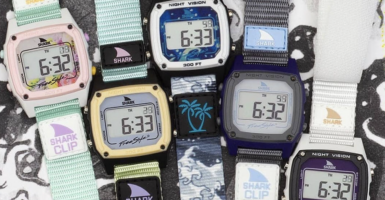Rolls Of Film Recovered From Fatal Expedition Tell A Chilling Story
On July 11, 1897, Swedish balloonist and engineer Salomon Andrée set off on an adventure to the North Pole. The journey excited many of his country’s most elite citizens who had high expectations for the voyage. But almost from the start, Andrée’s expedition was marked with trouble. Recently we learned the truth about his trip after rolls of undeveloped film from his voyage were discovered. Here’s the story of Salomon Andrée and his trip to the North Pole.
The Balloonist Salomon Andrée
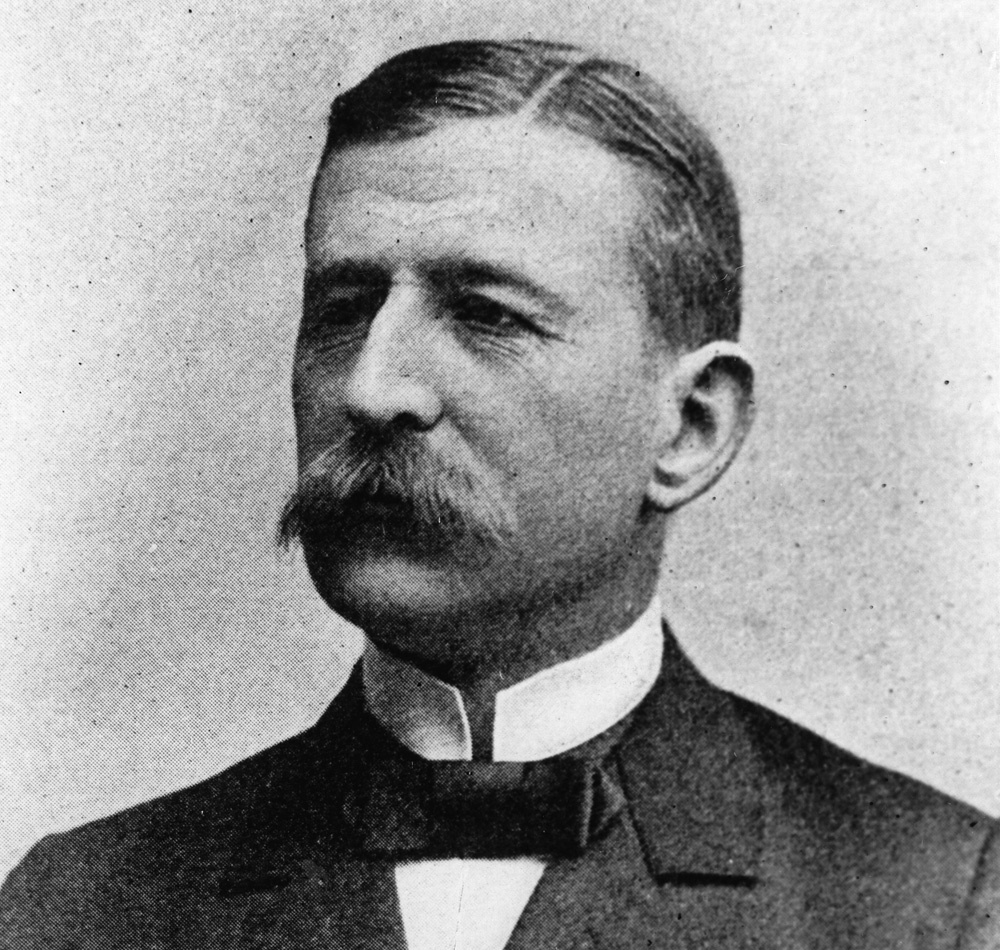
Salomon Andrée was born on October 18, 1854, in Gränna, Småland. The Swedish engineer, physicist, and polar explorer had many interests. He was close to his mother, especially after his father died in 1870.
Once he became comfortable honing his various skills, Andrée announced his plans to go to the great white north and finally uncover what might be hiding up there. The country’s excitement grew once word of his plans got out…
Getting The Ball Rolling
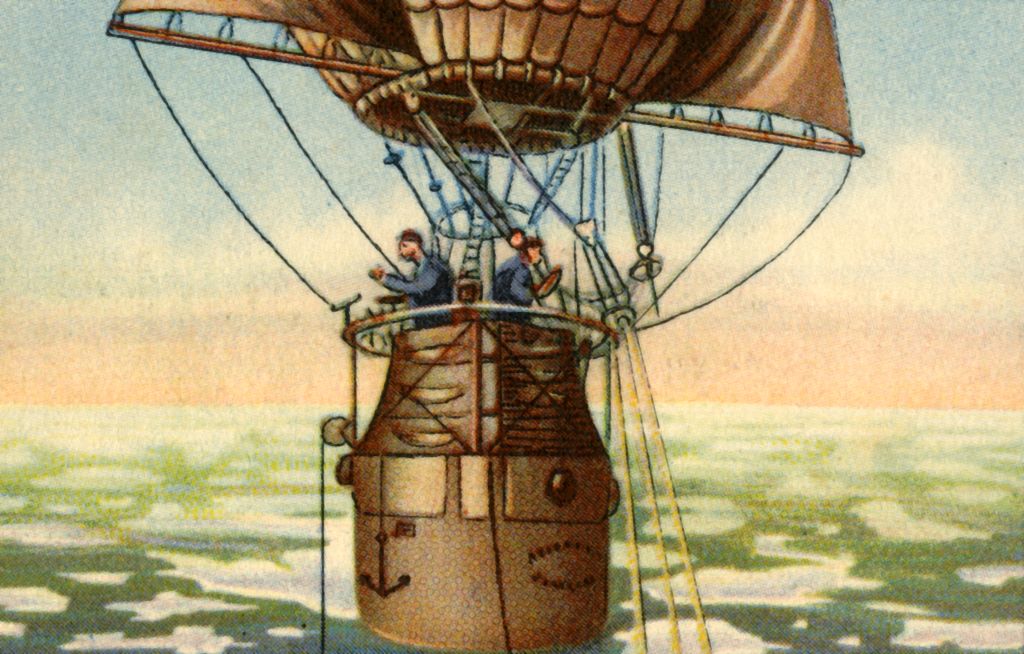
As Andrée’s focus shifted to the North Pole, he received a lot of pressure from the Swedish government, who backed the adventure. Nobel Prize winner Alfred Nobel also pressured the adventure seekers. Would they be able to get the job done?
Shortly after announcing the voyage, Salomon and two of his fellow countrymen went airborne in a hot air balloon on July 11, 1987. The two other men were a photographer named Nils Strindberg and an engineer named Knut Frænkel. They had built the aircraft in Paris and nicknamed it Ornen, or Eagle.
Trouble In The Air
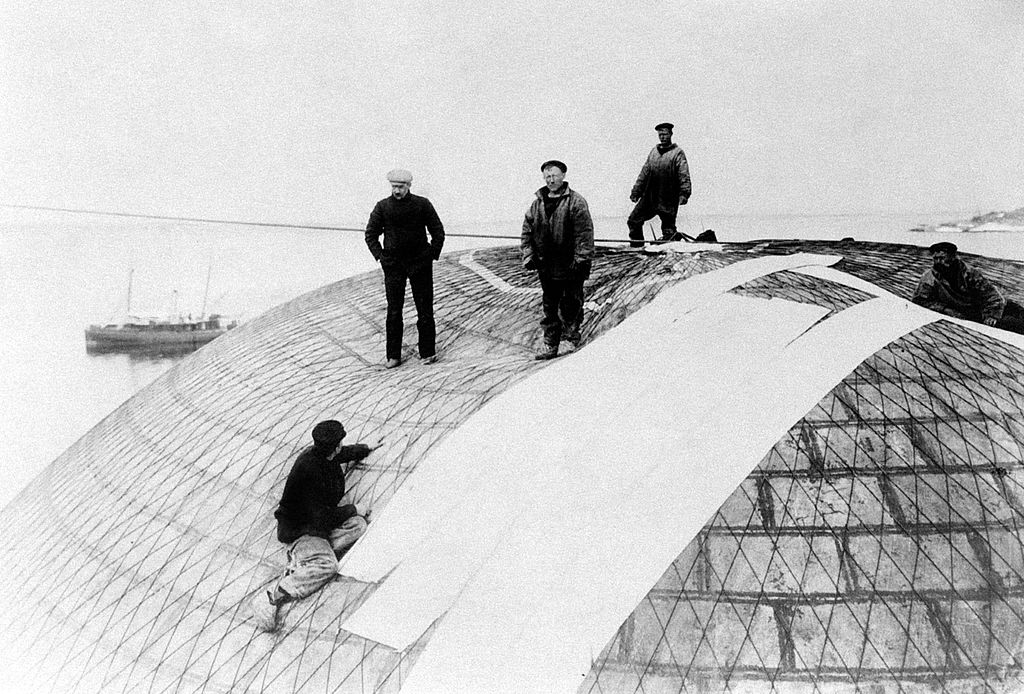
The trio experienced problems almost from the onset of their journey, marking what would become a devastating attempt at reaching the North Pole.
What went wrong exactly? It wasn’t until recently that rolls of film from the group were discovered and researchers were able to understand how such an ambitious endeavor turned into something that would go unexplained for many years to come. The details of the trip help to explain why they failed.
Making The Aircraft
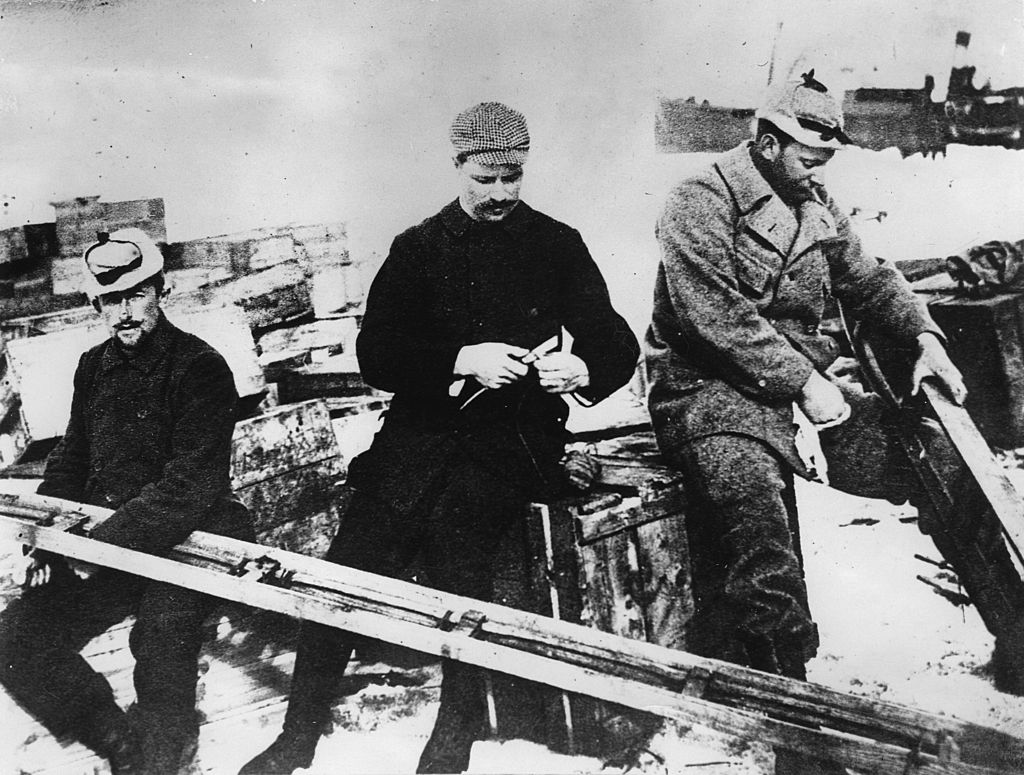
Have you ever heard the saying, “if you want something done right, do it yourself” before? Well, that’s what Andrée should’ve remembered before going on this sky adventure to the North Pole. When he had a French manufacturer make the balloon, he figured it would be fine.
He assumed that the Frenchman would make the balloon able to withstand the extreme Arctic temperatures. In reality, there were some major miscalculations involved that hampered the voyage to a certain degree.
Prepping For The Occasion

For a trip of this magnitude, one can imagine that there was plenty of preparation work involved. Surely Andrée wasn’t going to go off into unventured lands without being adequately prepped. That’s why manufacturers made sure to get some things handled.
Ominously, Andrée and his two crew members had attempted to launch the Eagle the previous year. That launch did not go as planned, with the balloon failing to take off because of strong winds.
Ready To Start It All
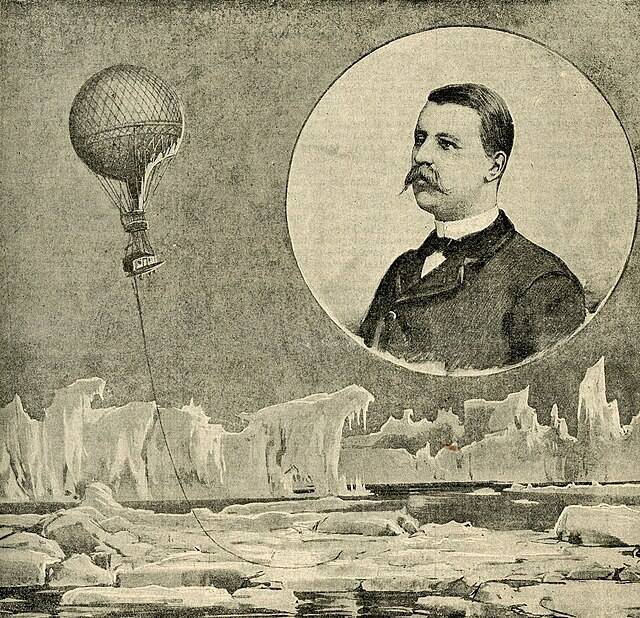
After the previous failed attempt, the manufacturers took the time to put the balloon through extensive testing. Now, Andrée and his men were ready for takeoff. The three-person crew was about to embark on an adventure that might’ve seemed crazy to many folks.
You have to remember that no one else had explored the North Pole at this point so there were a lot of unanswered questions about their ability to reach their final destination. It didn’t take long to realize the problems that laid ahead.
1, 2, 3 Ropes Down!
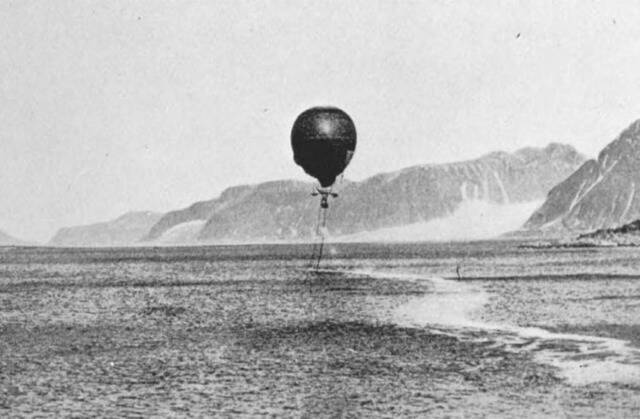
Moments after taking off, two of the three steering ropes for the hot air balloon came up missing. Not only was their purpose to help the crew direct the balloon, but they also weighed around 1,000 pounds — weight that was needed to keep the Eagle on course. The loss of the ropes caused the balloon to ascend higher than anticipated.
Only moments into their trip and the three men were already experiencing a life-threatening set of circumstances that could have been easily avoided with better preparation.
Pushing Through The Problems
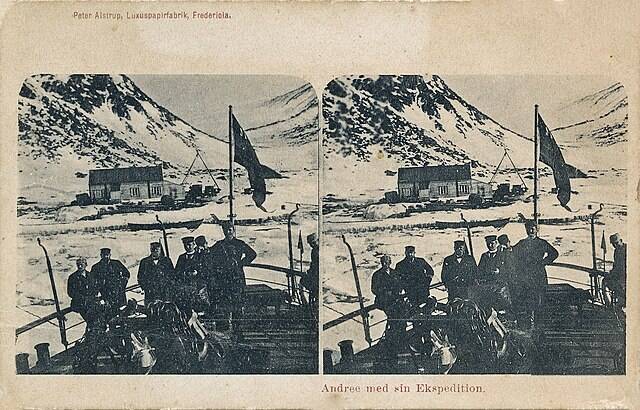
Due to the balloon rising higher than expected, it soon reached altitudes that caused the material’s seams to freeze. The balloon’s manufacturer never took this into account because the balloon wasn’t supposed to fly so incredibly high.
Once the seams started to freeze, gas started to leak from the balloon. People still question why Andrée didn’t call quits on the voyage at that point since it was obviously going disastrously. Instead, he carried on with the doomed trip.
Fear Of Failure Urged Him Forward
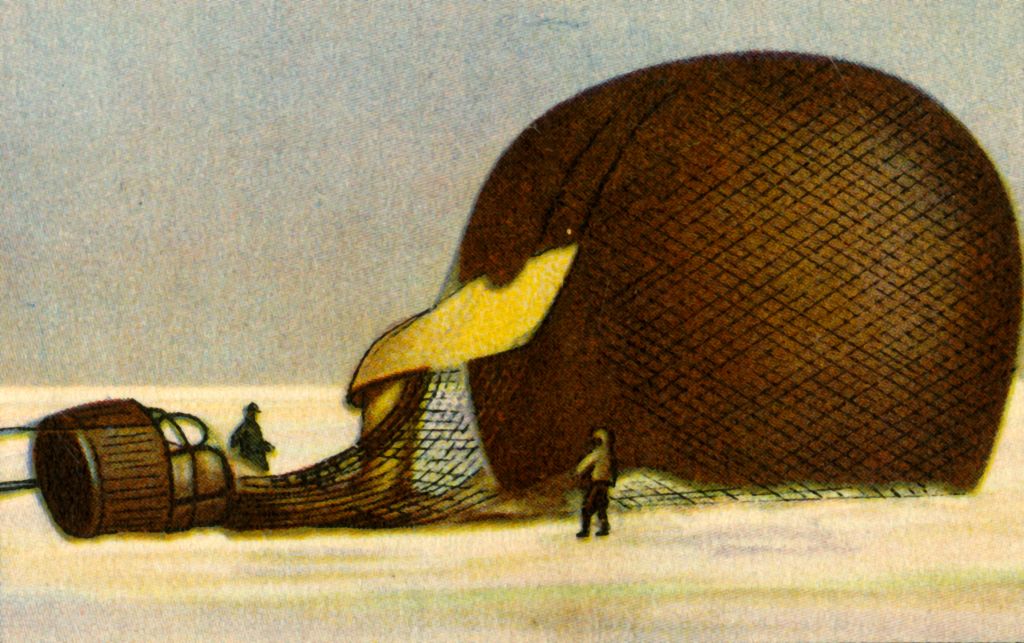
The fear of failure when an entire nation has turned its focus your way can be mentally crippling. Researchers have long believed that a crippling fear hovered over Andrée like a black cloud, preventing him from turning around when life-threatening problems arose.
He didn’t want people to view him as a failure because so many expected a lot from this expedition. Instead of regrouping and heading off on a second attempt, he pushed forward.
A Short Flight

Even faced with critical issues such as heavy winds, rain, and ice, the Eagle managed to keep moving through the sky for a while. The men needed to stay focused at all costs.
Eventually, the balloon could not go on and it crashed-landed on the ice in a semi-controlled collision! They had traveled only 295 miles during the flight. Now the men were faced with a scary and deadly situation on the ground.
Alive But Are They Well?
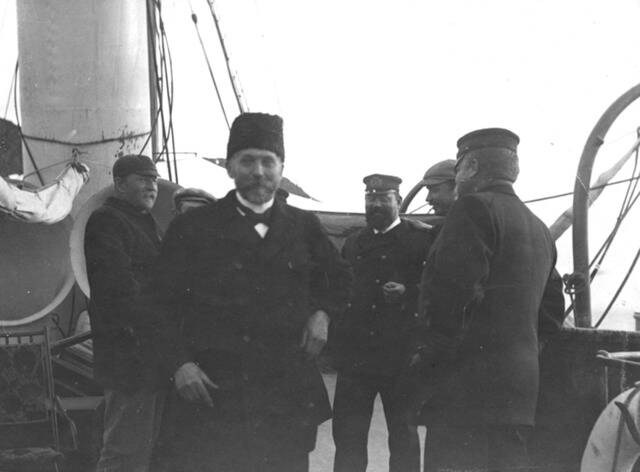
The entire crew survived the crash, but their balloon was destroyed beyond repair. Stuck in the freezing cold, the men had to figure out their next move without any support and no real understanding of the area they were stranded in.
The adventure seekers had planned ahead and brought enough supplies to last for three months. They also had a boat and other devices for traveling across the ice, although a daunting task still laid ahead of them.
Always Have An Emergency Kit
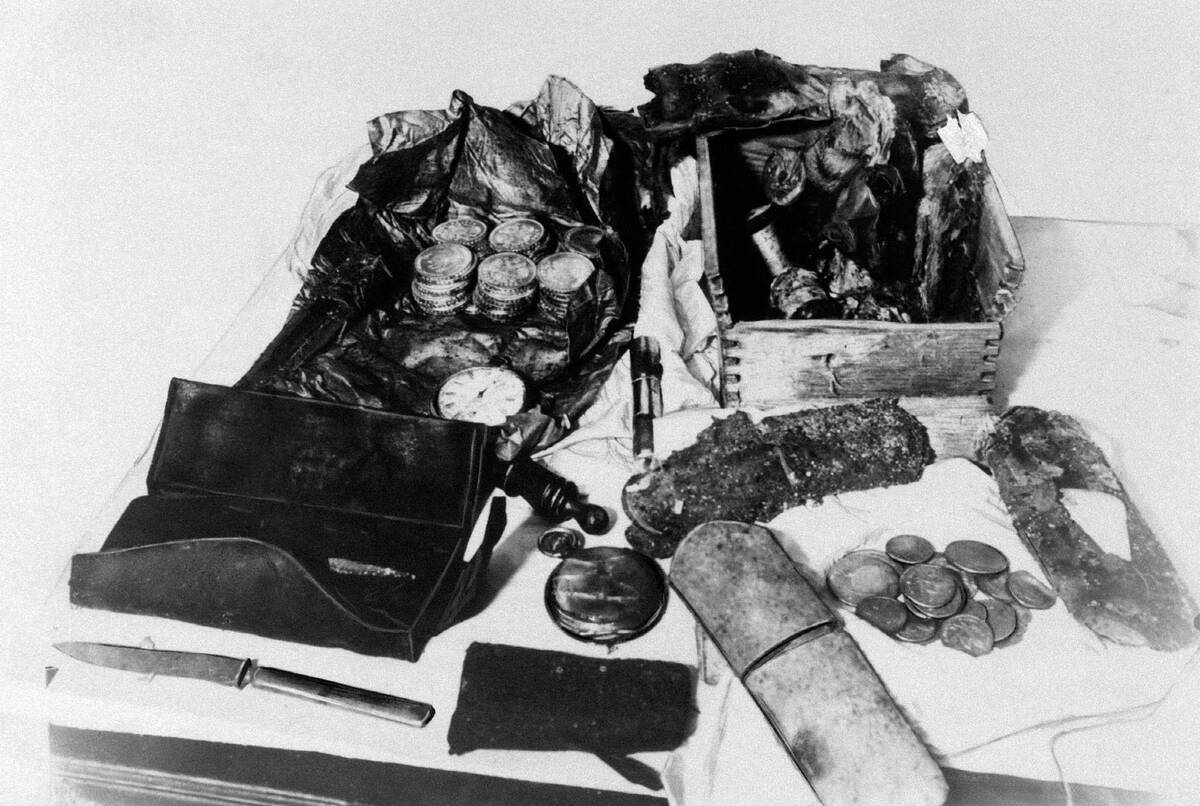
For any traveler, it’s quite standard to have an emergency kit in any vehicle whether it’s a boat, a train, or even a balloon. Lucikly for Andrée and his team, the hot air balloon had been packed with some tools that could keep them alive.
Had they not had these survival tools, the Arctic cold would have surely ended the trio’s lives immediately. And armed with a camera, they managed to catch some of their harrowing attempt at survival on film.
The Helpful Supplies

The survival kit gave the adventurers access to skis, guns, sleds, snowshoes, and more. In addition to their boat, these tools were some of the exact items the men needed to make their brave escape from the frozen tundra they had just crashed into.
They were surrounded by nothing but cold and snow but managed to survive for two months, frequently forced to change course, before arriving on Kvitøya (White Island). They had not reached Svalbard, where they could have resupplied.
Donations Always Welcomed

When sponsors heard that Andrée was going to embark on his monumental journey, they generously donated beer, champagne, and port for the travels. The team also brought along a good amount of food as well.
The weight of those donated supplies started to slow the trio down after the crash landing so they had no choice but to abandon some of the items in their possession as they made their way through the ice to find safety.
Compensating One Way Or Another
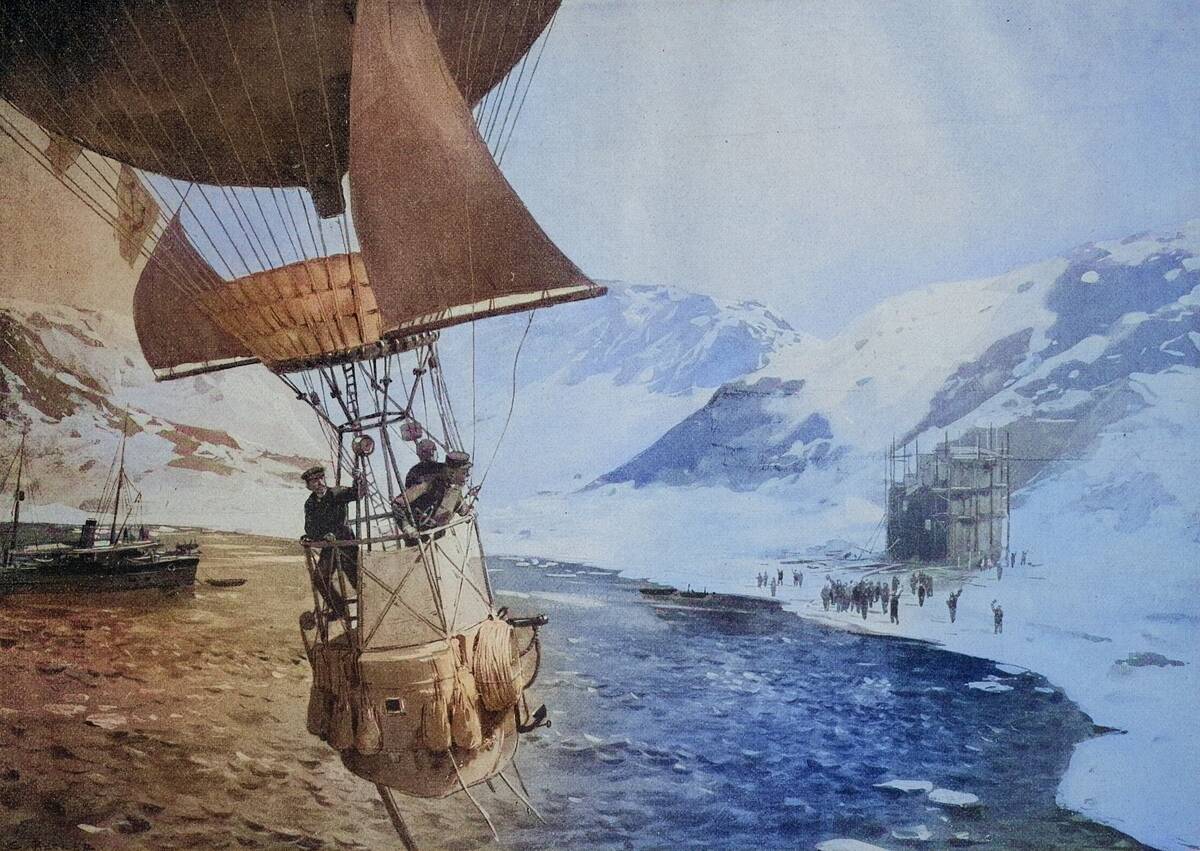
With no way of telling how much longer they were going to be stuck in the freezing cold harsh conditions, the men had to prioritize in order to determine what items to keep.
That’s why they chose to use the guns and weapons to hunt for game. The meat they ate included polar bears, walruses, and seals. The bunch hoped that hunting would help provide more than enough to sustain them on the strenuous journey to come.
Thank The Camera Man
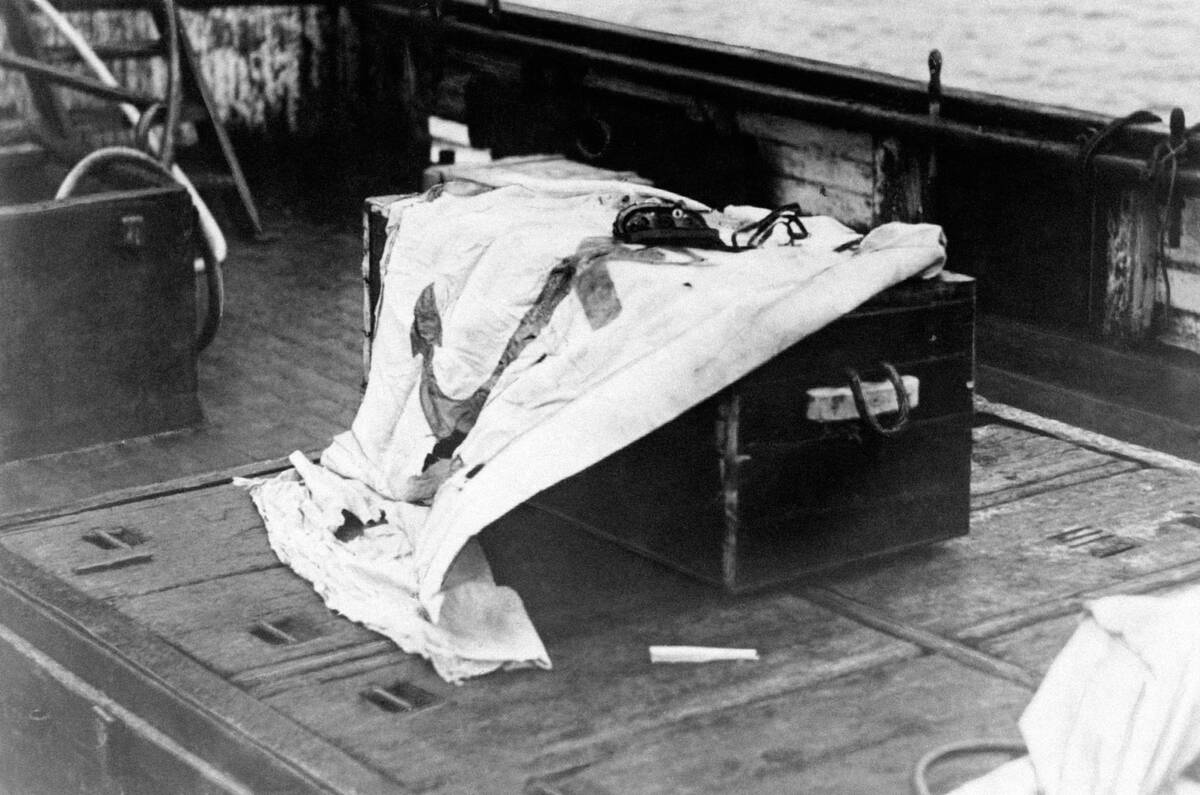
One of the Eagle’s crew members was a photographer named Neil Strindberg. He captured much of the trip with advanced technology that was not accessible to the masses at the time.
Among Strindberg’s possessions was a state-of-the-art cartographic camera. Rather than serving its purpose, however, the camera ended up documenting the men’s desperate attempt to survive. Strindberg, even in the face of death, played the role of documentarian for the group.
Gone With The Cold
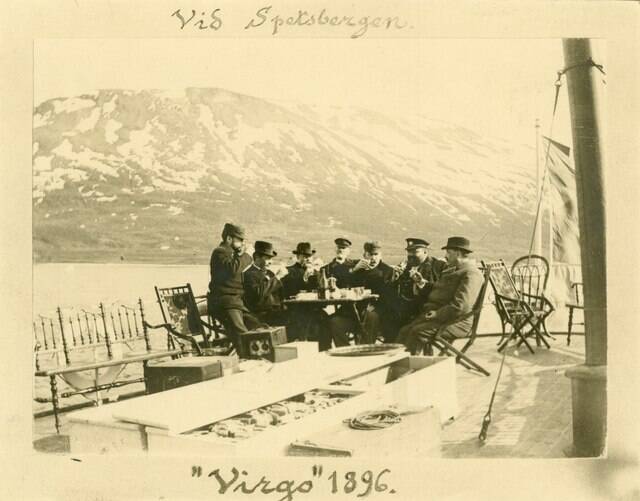
By this point, it’s clear that the men did not survive the expedition. They could only hunt for so long in freezing cold weather and with food sources so scarce. Despite their valiant efforts, all three passed away within a week or two of reaching White Island. The cause of death is thought to be from eating polar bear flesh tainted with parasites.
Surprisingly, the explorers — even in their final days — never allowed their spirits to get down. Andrée’s writings during this time were especially boisterous.
In Good Spirits
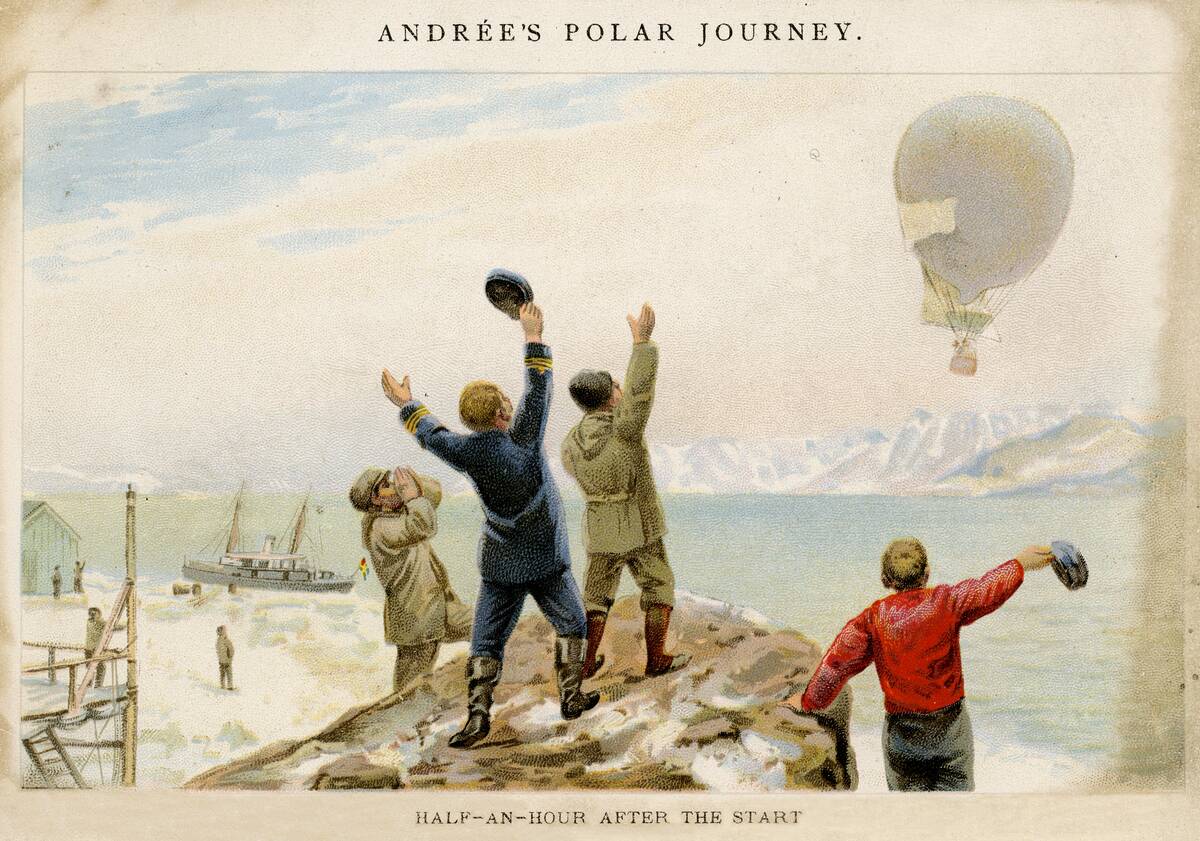
In their last days, all three men still appeared to keep their spirits high. Andrée wrote in his journal, “With such comrades, one should be able to manage under, I may say, any circumstances.”
After weeks of attempted survival in some of the harshest conditions found on earth, it’s amazing that the three journeymen managed to see the best in each other while still hoping that a rescue was just around the next iceberg.


